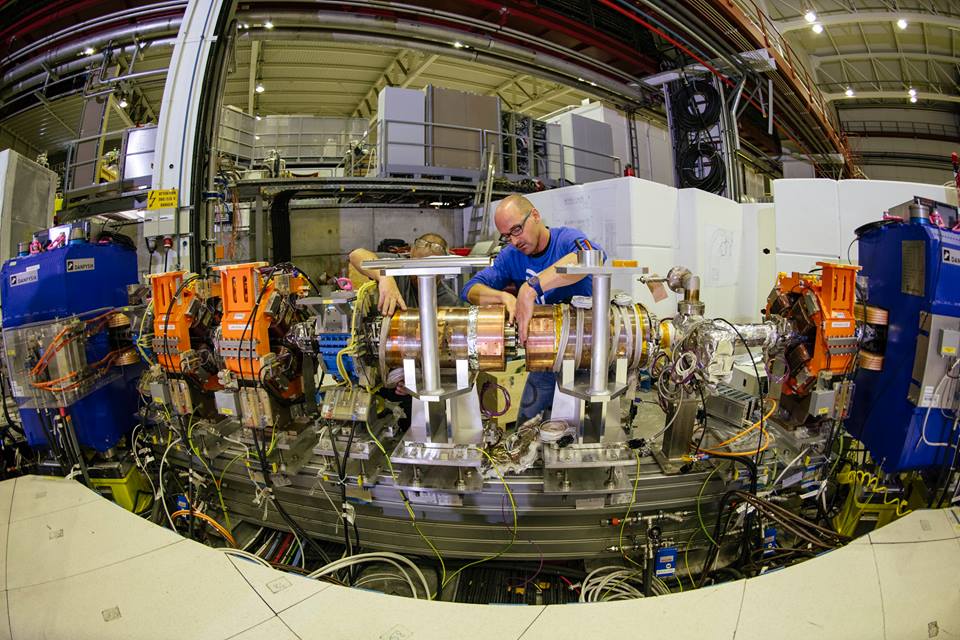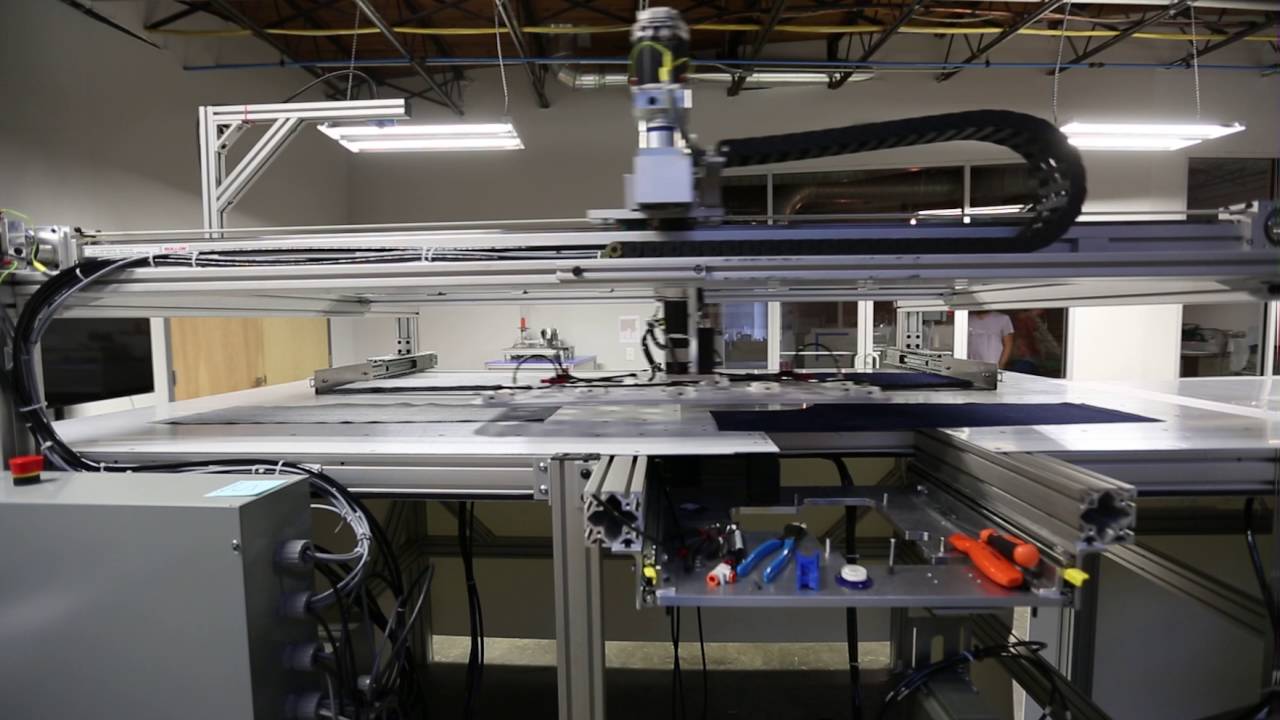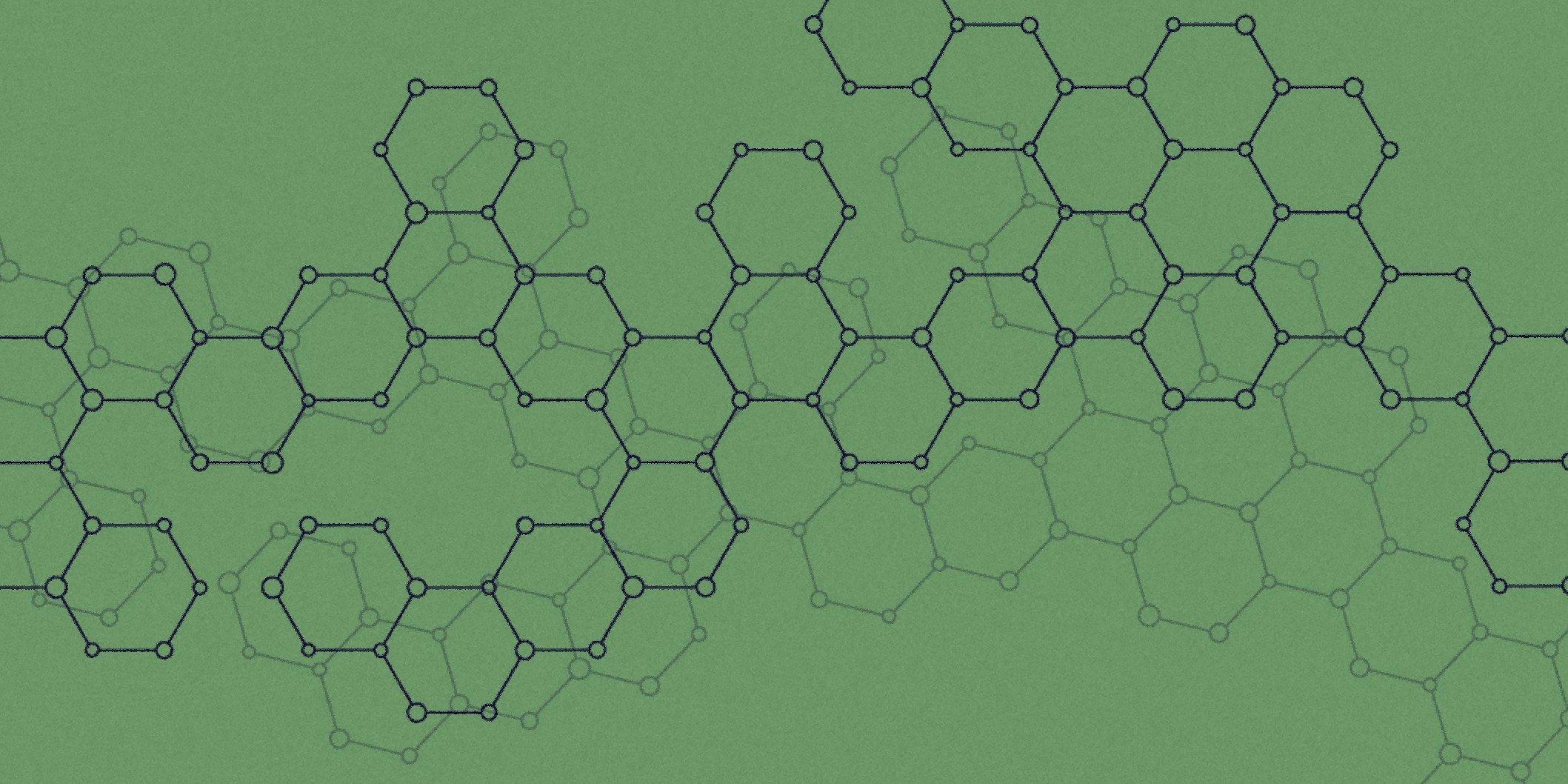Just weeks after one research team appeared to put words in a leader’s mouth, here comes a new tool that can check questionable video for a pulse.
A recent demonstration showing how easy it is to spoof video of a world leader recently made headlines, foretelling a future where robot-created videos cause political and financial havoc. But now comes word of an antidote. On Monday, a group of computer scientists from Carnegie Mellon University’s Software Engineering Institute published new research showing how algorithms can tell whether the person on-screen has a human heartbeat. The technique will help future intelligence analysts, journalists, or just scared television viewers detect the difference between spoofed video and the real thing.
In case you missed the original news about AI –created fake video, last month a team of researchers at the University of Washington revealed a tool that can change footage of someone’s face to match an audio clip, making it look like the person is saying things they aren’t.









